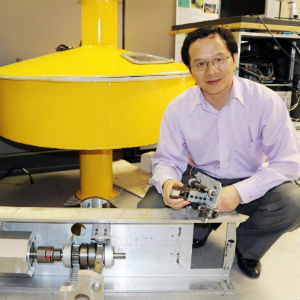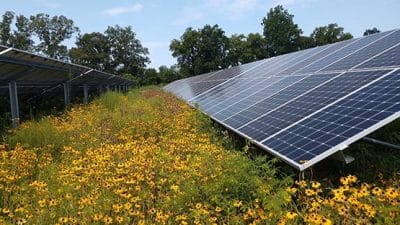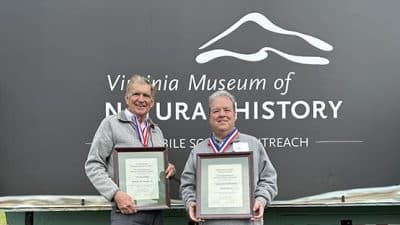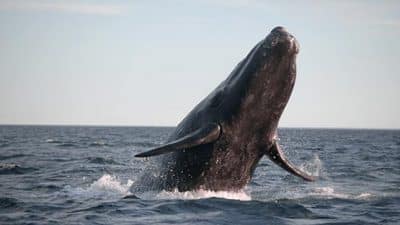
Looking at the ocean shows Lei Zuo, associate professor of mechanical engineering, more than beautiful scenery. It shows him the potential for abundant cheap, clean energy.
For the United States, where 53 percent of the population lives within 50 miles of the coast, energy potential from ocean waves could make up 64 percent of the electricity generated from all sources in the country in 2010.
That potential has Zuo excited, and he’s not alone. The U.S. Department of Energy (DOE) recently confirmed a $2 million grant for Zuo to produce a prototype new generation of ocean wave generator.
“The study of ocean wave energy harvesting isn’t new — the first patent for a device dates to 1799,” said Zuo, the associate director of the National Science Foundation Industry and University Cooperative Research Program Center for Energy Harvesting Materials and Systems in Virginia Tech’s College of Engineering. “Despite this, the field isn’t mature either. Wave energy technology is really still in its infancy worldwide, and that opens up an immense area of research that is really exciting to be a part of.”
Before arriving in Blacksburg in 2014, Zuo worked on an initial harvesting system as part of the State University of New York at Stony Brook. His move to Virginia Tech has opened doors to broader research collaboration.
“Virginia Tech is the best in the nation in the fields of energy harvesting and power electronics,” he said. The current project with DOE will see Zuo teamed with professors Robert Parker from mechanical engineering and Khai Ngo, the Bradley Department of Electrical and Computer Engineering at Virginia Tech; the National Renewable Energy Laboratory in Golden, Colorado; the Resolute Marine Energy company; and THK North America.
The innovation at the heart of Zuo’s plan, is the Mechanical Motion Rectifier, a novel power takeoff that uses the up and down and back and forth oscillation of wave energy and turns it into a unidirectional rotation to drive the generator. The design, which also uses a ball screw and highly efficient power electronics, will be placed in a metal or composite housing, which is placed in the water in the same way as a buoy. Energy generation begins almost immediately as the waves move the buoy and the components inside.
“The oscillation of ocean waves create a lot of challenges for harvesting energy,” Zuo said. “Waves are very irregular and change quickly and frequently, so we needed to come up with a mechanism that would be able to maximize the energy output from the various oscillatory inputs of wave energy.”
So far the team has built a small, 1.2-meter proof-of-concept device using rack pinion, which was tested off the coast of Long Island, New York. In this DOE project, the team will build and test a 500-watt unit using ball screw and Mechanical Motion Rectifier mechanism and then will develop and test a 10 kilowatt device housed in a container about 5 meters in diameter. Ultimately, a full-sized wave energy converter can be scaled up to about 25 meters in diameter and able to generate about half a megawatt of power.
“Our expectation is that by summer we’ll have tested the components of the smaller device in lab, and we will then put the 500W wave energy converter in the water off Hampton Roads, Virginia, by November,” Zuo said. “The data we collect there will help us make improvements to the larger unit which will be tested, probably in Hawaii at the Navy’s Wave Energy Test Site, in 2017.”
Beyond building the generators, Zuo’s team, as part of the DOE grant, must achieve minimum gains of 50 percent in reliability and 25 percent in power output, lowering the cost per unit of energy. The baseline for these figures comes partially from data obtained by previous ocean wave energy projects.
“Reliability is a challenge, but we think our mechanism will be both reliable and efficient,” Zuo said.
With a more reliable energy harvester, Zuo said he believes there will come a time in the near future will people will appreciate the value of investing in the harvesting of ocean wave energy. “If you look at other clean energy options, you can get about 1.5 kilowatts of power out of a square meter of sun shine. With a square meter of wind, you get about 1 kilowatts of power. With a meter of ocean wave front, you can get between 10 and 100 kilowatts of power and that’s an exciting possibility for us as we continue to mature the technology.”










